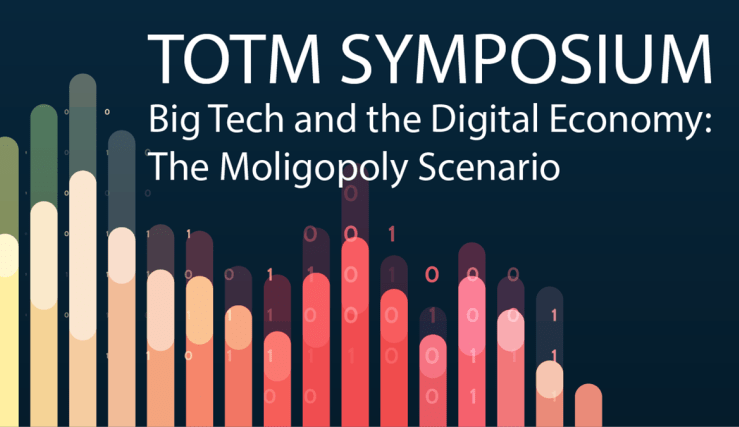Antitrust Statutorification
A lot of water has gone under the bridge since my book was published last year. To close this symposium, I thought I would discuss the new phase of antirust statutorification taking place before our eyes. In the United States, Congress is working on five antitrust bills that propose to subject platforms to stringent obligations, ... Antitrust Statutorification
Big Tech but Bigger Ideas
As an academic working at the intersection of economics, law, and innovation, I was excited to see Nicolas Petit apply an interdisciplinary approach to investigate big tech in the digital economy. Working across law, business, and engineering has taught me the importance of bringing together different theoretical perspectives and mindsets to address complex issues. [RL1] Below ... Big Tech but Bigger Ideas
The Limits of Rivalry
I am left wondering, however, if he’s misdiagnosed the problem – or at least whether the cure he offers would be seen as sufficient by those most vocally asserting that antitrust is failing. And, of course, I recognize that his objective in writing this book is not to bring harmony to a deeply divided debate, ... The Limits of Rivalry
It’s Not So Simple Who Owns “Your” Data
What kind of regulation? Treating digital platforms like public utilities won’t work, Petit argues, because the product is multidimensional and competition takes place on multiple margins (the larger theme of the book): “there is a plausible chance that increased competition in digital markets will lead to a race to the bottom, in which price competition ... It’s Not So Simple Who Owns “Your” Data
The Fox and Shepherd Problem
I spent a lot of time with this topic when writing a book (How the Internet Became Commercial, 2015, Princeton Press). If I have something unique to add to a review of Petit’s book, it comes from the role Microsoft played in the events in my book. Many commentators have speculated on what precise charges ... The Fox and Shepherd Problem
Diversification Is At The Heart Of Competition
In his chapter 4, Petit lays out how this works with six of today’s large high-tech companies, adding Netflix to the usual Big Five of Amazon, Apple, Facebook, Google, and Microsoft. If I understand properly, what he means by “moligopoly” is that these large firms have their hands in many different relevant markets. Because they ... Diversification Is At The Heart Of Competition
It’s All About What We Don’t Know
Nicolas Petit’s Big Tech and the Digital Economy: The Moligopoly Scenario provides an insightful and valuable antidote to this unease. While neither Panglossian nor comprehensive, Petit’s analysis persuasively argues that some of the concerns about the platforms are misguided or at least overstated. As Petit sees it, the platforms are not so much monopolies in ... It’s All About What We Don’t Know
Symposium on Big Tech and the Digital Economy: The Moligopoly Scenario
Confirmed Participants As in the past (see examples of previous TOTM blog symposia here), we’ve lined up an outstanding and diverse group of scholars to discuss these issues, including: Kelly Fayne, Antitrust Associate, Latham & Watkins Shane Greenstein, Professor of Business Administration; Co-chair of the HBS Digital Initiative, Harvard Business School Peter Klein, Professor of ... Symposium on Big Tech and the Digital Economy: The Moligopoly Scenario






